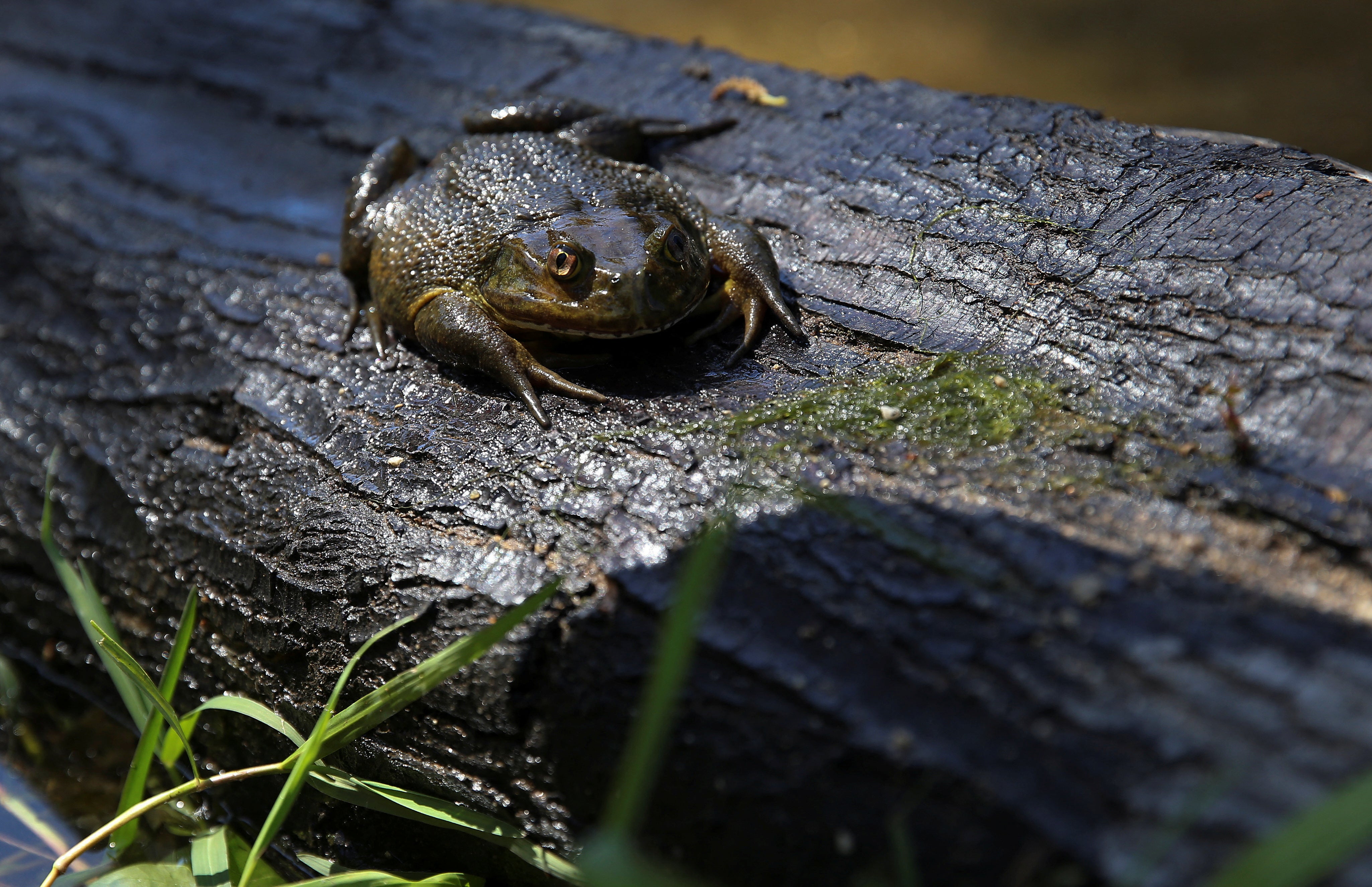One of the world’s largest frogs lived with dinosaurs – it now faces extinction from humans
The frog is described by scientists as ‘a living fossil’

A giant frog species that hopped alongside dinosaurs and is considered a “living fossil” is now losing ground in its native Chile as climate change and human intervention damage its habitat.
The Calyptocephallela gayi, or Helmeted Water Toad, is one of the largest frogs in the world, growing up to over 30 cm (1 foot) in length and weighing up to 1 kg (2.2 lbs).
The amphibian has seen little genetic variation for millions of years, but now its future is at risk, scientists say.
“It’s sad that a species that managed to coexist with dinosaurs, that managed to resist a mass extinction, is now threatened by human beings,” said Melissa Cancino, a vetinarian and founder of Proyecto Anfibia, a group dedicated to amphibian research and education in Chile.

The Helmeted Water Toad’s environment spans from the northern region of Coquimbo to the southern island of Chiloe, but its population is suspected to have declined by at least 30% since 1990 and it is listed as “vulnerable” on the International Union for Conservation of Nature’s (IUCN) Red List.
Factors such as climate change, habitat interruption, environmental decline and pollution have all caused the Helmeted Water Toad’s numbers to dwindle, Cancino said. Poor water and waste management have also threatened the frog’s environment.

Matias Faundez, another member of Proyecto Anfibia, has seen the habitat degradation first hand.
“This estuary runs through the whole city, and has plenty of illegal run-offs,” he said as he waded through a stream outside of Valparaiso. “Even so, the frog manages to survive.”
Join our commenting forum
Join thought-provoking conversations, follow other Independent readers and see their replies
Comments